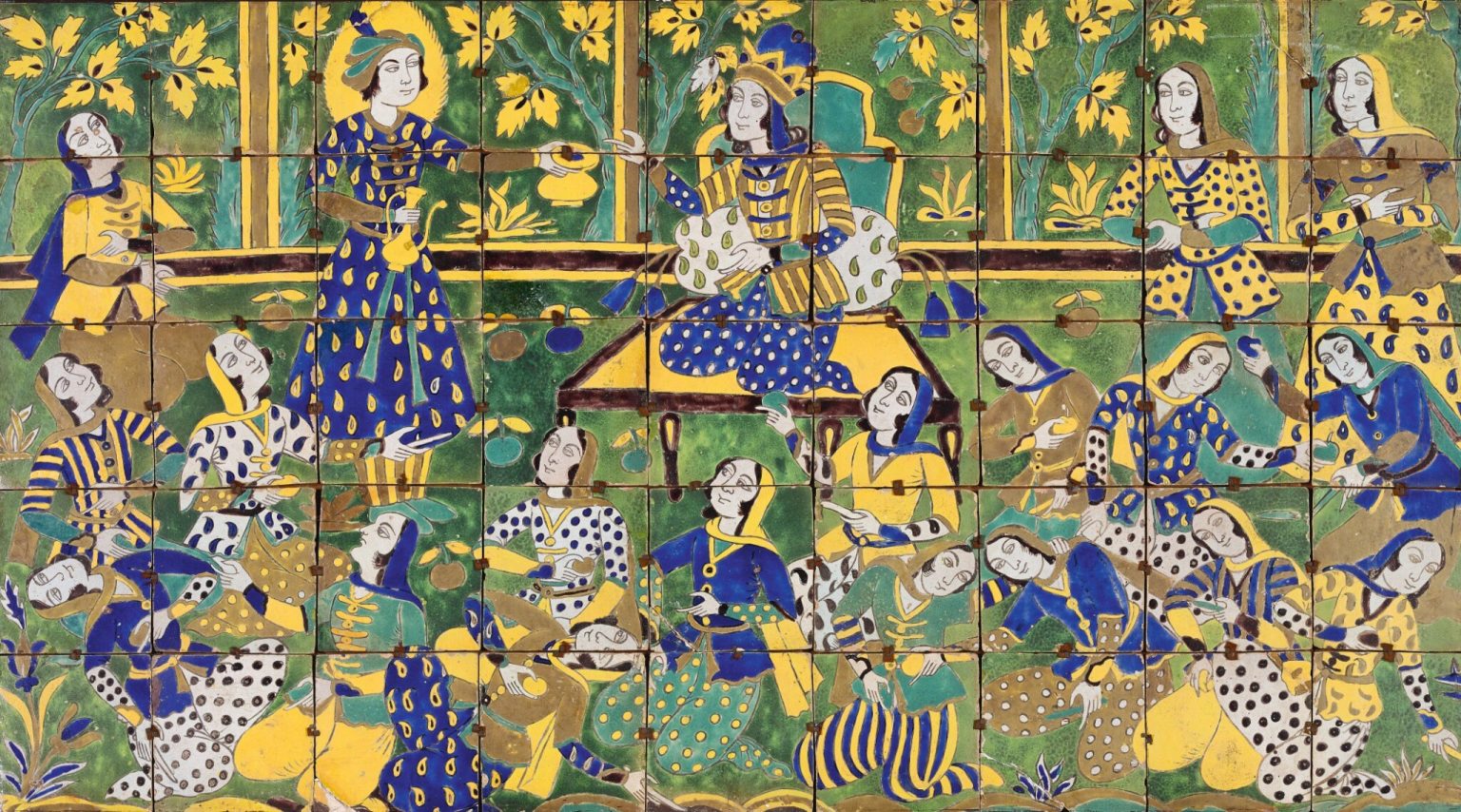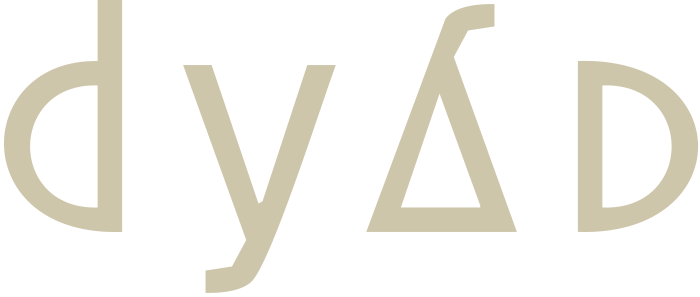
The Spirit of Renewal: Nowrouz, Easter, and Persian Rugs
“The morning breeze and Nowrouz scent have started to blow
Onto the friends’ desire and the triumphant fortune
Happy be onto you this year and every year
Blessed be to you this day and everyday.”
Saadi
As winter fades away, trees bloom and the first rays of spring sunshine touch the earth, millions of people across the world eagerly prepare for one of the most ancient and colourful celebrations of the year: Nowrouz.
Nowrouz, which means “new day,” marks the beginning of a new solar year in the Persian calendar and is celebrated on or around the spring equinox – when the Sun is exactly above the Equator and day and night are of equal length. The festival has been observed for over three millennia and has evolved into a joyful and symbolic tribute to renewal, hope, and the beauty of nature.
One of the most important customs of Nowrouz is the Haft-Seen table, a stunning display of seven symbolic items that all begin with the letter “S” in Persian. These may include Sabzeh, sprouts that symbolize rebirth; Senjed, dried fruit that represents love; Seer, garlic that stands for health; Samanu, a sweet pudding that symbolizes wealth; Seeb, apples that represent beauty; Serkeh, vinegar that symbolizes patience; and Somagh, sumac that stands for the sunrise.
Haft-Seen Table
The Haft-Seen table is typically decorated with other symbolic items, such as a mirror that symbolizes reflection and introspection or goldfish that represent life and fertility. Many also add fresh flowers, candles, and coloured eggs, creating a kaleidoscope of colors and textures that dazzles the eye and lifts the spirit.
Nowrouz is also a time for cleaning and renewal, both in the home and in the soul. Family members perform the ritual of “Khaneh Tekani,” or spring cleaning, scrubbing away the old year and making room for new blessings and opportunities. After “Sal Tahvil” or the turn of the year, families gather together for greeting and felicitation, children eagerly anticipate receiving “Eidi,” or gift money from their elders, and parents prepare sumptuous feasts that feature traditional dishes such as Sabzi Polo Mahi (herbed rice with fish) or Reshteh Polo (rice with noodles and raisins). They also visit the tombs of their ancestors, giving thanks for their legacy and praying for their guidance and protection.
Theme of Renewal, A Connection between Nowrouz and Easter
Nowrouz and Persian rugs
As enthusiasts of Persian rugs, it’s safe to say that the connection between Nowrouz and Persian rugs runs deep, given their shared appreciation for the natural world. Persian culture has always held a special reverence for nature, and this is reflected in their art, poetry, and storytelling. It’s common to find Persian rugs adorned with natural motifs such as flowers, leaves, and vines, which serve as a reminder of the beauty of the world around us.
Moreover, Nowrouz and Persian rugs are both symbolic of rebirth and renewal, making them powerful reminders of the potential for growth and change. Whether after a long day’s work or simply as a daily reminder of better days to come, a Persian rug is a tangible representation of the spirit of Nowrouz that can be incorporated into one’s home year-round. In essence, a Persian rug is a daily celebration of Nowrouz that can uplift and inspire all who encounter it.
On the other hand, the common thread between the art of rug-making, gardening, and the season of spring is the anticipation and excitement that comes after a long period of waiting. Crafting a Persian rug is a meticulous and time-consuming process that requires the weaving of thousands of knots to form intricate and lifelike patterns inspired by the weavers’ surroundings or natural elements they long for. A Persian rug is not born easily; it requires careful nurturing and patience to flourish, just like a Persian garden which require lot of endeavor and vigilance, especially in a country like Iran which there is not many soil and water resources.
In this sense, Persian rugs are an embodiment of the Nowrouz spirit, which celebrates the beauty of life, encourages reflection on the past, and looks towards a future that is filled with promise and prosperity. The process of weaving a Persian rug is a tribute to the patience, care, and reverence for the natural world that is so deeply ingrained in Persian culture. Just like the blooming of a Persian garden or the arrival of spring, a Persian rug is a symbol of hope and new beginnings that can bring joy and inspiration to any setting.
More Than just a festival
Finally, it must be said that Nowrouz is more than just a festival; it is a testament to the resilience and creativity of Persian culture, which has endured countless trials and tribulations over the centuries. Whether celebrated in Tehran, Dushanbe, Melbourne, or Los Angeles, Nowrouz is a time to come together with loved ones, honour the beauty of the natural world, and to cherish the timeless values of hope, love, and harmony.











